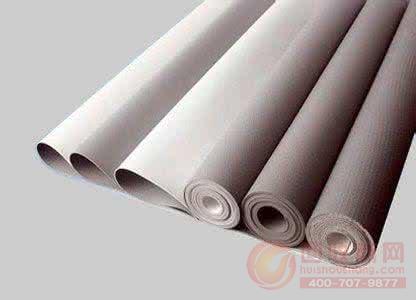Chlorinated polyethylene (CPE) is a chlorinated modified product of high density polyethylene (HDPE). As a processing modifier for PVC, the chlorine content of CPE should be between 35 and 38%. Because CPE has excellent weather resistance, cold resistance, flame resistance, oil resistance, impact resistance (CPE is elastomer) and chemical stability, and it has good compatibility with PVC, CPE has become the current PVC processing. The most commonly used impact toughening modifier. The performance of CPE is determined by two factors: Molecular configuration of HDPE Due to the different process conditions of PE in the polymerization process, the molecular structure of the polymer HDPE has certain differences, and the performance is also different. The performance of the PEPE after chlorination of different properties of HDPE is also different. CPE manufacturers must use suitable HDPE-specific powdered resins to produce qualified CPE resins. Chlorination conditions (ie chlorination process) CPE, which is a PVC processing modifier, is usually formed by chlorination by aqueous suspension chlorination. The key conditions of this chlorination process are the light energy, the dose of the initiator, the reaction pressure, the reaction temperature, and the reaction time. And neutralizing reaction conditions and the like. The principle of PE chlorination is relatively simple, but the chlorination mechanism is more complicated. Due to the small investment in equipment for producing CPE, many small and simple CPE production plants are already dotted in China. This not only causes pollution of the ecological environment, but also is one of the important reasons for the instability of CPE quality. At present, a large number of inferior CPEs have appeared on the market. Under normal circumstances, there are two kinds of inferior CPEs. One is caused by the fact that some production plants do not have technical conditions and the chlorination process is backward. The other is caused by blending a certain amount of calcium carbonate or talc in CPE for unfair competition. For the former inferior product, users can prevent the use of the product as long as they look for the manufacturer, but for the second inferior CPE, many people do not know enough about it. As we all know, the price of calcium carbonate and talc is relatively low, generally 400-500 yuan / ton, while the price of CPE is generally 8500-9500 yuan / ton, some unscrupulous manufacturers mixed in the CPE with humbly substances, and then slightly lower The price of qualified products is sold to win market share. Even some manufacturers purchase cheap agglomerated CPE from CPE production plants, and then pulverize and then incorporate a certain amount of calcium carbonate or talcum powder, repackage and sell at a lower price (below the normal CPE price) for improper use. Compete for improper gains. Usually, the price of such CPE is between 7,000-8,000 yuan/ton, and even more, the CPE is sold at a price of 5000-6000 yuan/ton. In the processing of PVC, these inferior CPE are used as modifiers for PVC processing. In order to achieve the purpose of impact resistance and toughening of PVC products, the amount of CPE will inevitably increase, which will inevitably lead to an increase in plasticizing time and a decrease in balance torque. Thereby the time to reach the equilibrium torque is increased. All of this will result in a decrease in the overall performance of the product and an increase in the reject rate. Therefore, the use of inexpensive but inferior CPE is a reduction or an increase in production costs, and the result is self-evident. Bluetooth Speaker,Portable Bluetooth Speaker,Mini Bluetooth Speaker,bluetooth Wireless Speaker,portable wireless speaker Shenzhen Lanejoy Technology Co.,LTD , https://www.copper-nut.com